
|
November 1, 2019
The LNP has put the much-discussed Bradfield Scheme back on to the mainstream political agenda but in a new form which it says will create a foodbowl in Queensland.
LNP Leader Deb Frecklington said on Friday the “New Bradfield Scheme” would use water from the largest dam ever built in Queensland, create tens of thousands of jobs and irrigate an area larger than Tasmania.
She told reporters that preliminary estimates were that it would cost at least $15 billion to build, describing it as a “big and bold nation-building plan” which would create clean, green energy; protect the Barrier Reef as well as creating jobs and growing Queensland agriculture.
Mrs Frecklington said the new scheme was developed by “two titans of Queensland industry”, Sir Leo Hielscher and Sir Frank Moore.
She said it was quite different from the scheme proposed by engineer John Bradfield in 1938 in which water was piped over the range.
“This is through gravity-fed tunnels,” she said.
Mrs Frecklington said the new scheme was an entirely new drought-busting infrastructure project that would deliver massive benefits to Queensland.
“I’m backing the New Bradfield Scheme because it will create new jobs, provide water for our farmers, generate green hydroelectric power and reduce nutrient run-off on to the Reef.
“The drought is costing Australia $12 billion a year and it is devastating regional communities.
“The New Bradfield Scheme will help to drought-proof Queensland while generating new jobs for decades to come.
“This project will change the face of Queensland.”
The New Bradfield Scheme would almost double the height of the proposed Hell’s Gate Dam in North Queensland to over 120m, drawing water from the South Johnstone, Tully, Herbert and Burdekin rivers into a lake potentially twice the size of the Burdekin Falls Dam.
While the original Bradfield Scheme required expensive pumping to transfer water over the range, the New Bradfield Scheme would use gravity to feed water from the Hell’s Gate Dam through tunnels beneath the range.
The water would be used to irrigate about 80,000sq km of rich blacksoil plains to the south and west of Hughenden.
Instead of draining into Lake Eyre – as John Bradfield proposed – the New Bradfield Scheme would divert water into the Warrego River and the northern basin of the Murray-Darling System, where it will be reserved for use by southern Queensland farmers.
Instead of consuming electricity, the New Bradfield Scheme would generate thousands of megawatts of power through a series of hydro-electric plants.
She said that if elected in 2020, an LNP Government would commission the CSIRO to begin advanced planning through a $20 million commitment to the New Bradfield Scheme.
The project would require billions of dollars and take more than a decade to construct, but Mrs Frecklington said the time had come for Queensland and Canberra to work together to tackle the huge financial and human costs of the drought.
“I will work in partnership with the Federal Government to deliver this water project, because beating drought makes economic sense for everyone,” she said.
“While the Palaszczuk Labor Government has fake fights with Canberra to hide its own failures, I will work with the Federal Government to build a better Queensland.
“The upside for Queensland is huge. We can deliver tens of thousands of new jobs and give farmers the water they need to thrive.
“The New Bradfield Scheme is an incredible opportunity for Queensland. Let’s seize it.”
* * *
AgForce Qld general president Georgie Somerset said it was encouraging to see renewed interest in the pre-war Bradfield Scheme by both LNP leader Deb Frecklington and Premier Annastacia Palaszczuk.
She said it had the potential to reverse the decline of regional Queensland and relieve the biggest handbrake on the agriculture industry – a lack of reliable, affordable water.
On Wednesday, Premier Palaszczuk said a smaller version of the Bradfield Scheme and its environmental impacts should be explored.
And she said she was open to working with the Federal Government on the proposal.
Mrs Somerset said AgForce was fully supportive of investment in forward-looking water infrastructure that supported improved agricultural, commercial, employment and social outcomes.
“Such a farsighted project as vast in vision and scale as this is going to require genuine bipartisan support over a long period of time,” she said.
Mrs Somerset commended the science-based approach displayed by the LNP’s aim to commission the CSIRO to undertake a detailed feasibility study.
“The original Bradfield scheme had significant engineering and economic challenges so we agree with the need to take a fresh look at this ‘big picture’ idea,” she said.
* * *
The Queensland Farmers’ Federation welcomed the commitment to commission the CSIRO.
QFF president Stuart Armitage said farmers from Hughenden in the north to Cunnamulla in the south could potentially benefit from the New Bradfield Scheme and the opportunities it presented for agriculture and the regional communities the sector supports.
“QFF continues to advocate for new water infrastructure in the right regions to open up more opportunities for high-value agriculture,” Mr Armitage said.
“For Queensland to continue producing world-class food, fibre and foliage, agriculture must have access to reliable and affordable water.”
- Related article: Coalition Promises ‘Water Grid’
- External link: The Bradfield Scheme Reborn? (Quadrant)
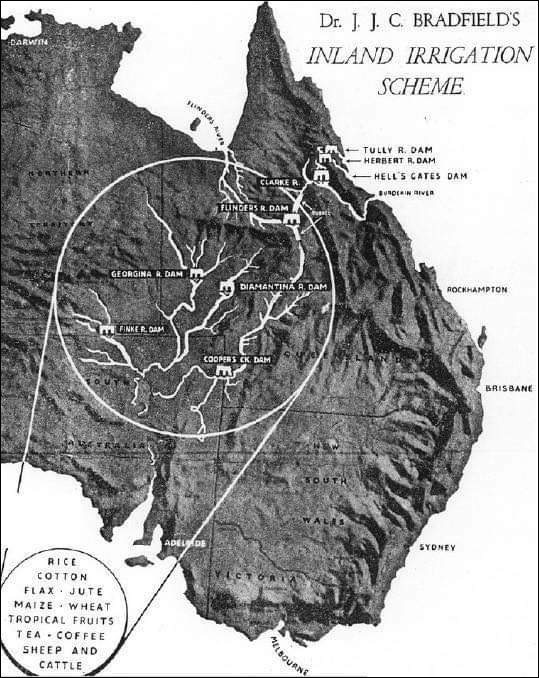










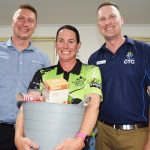




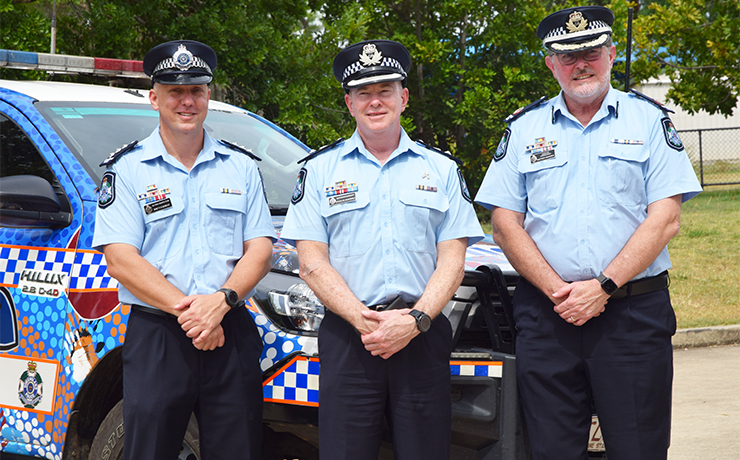
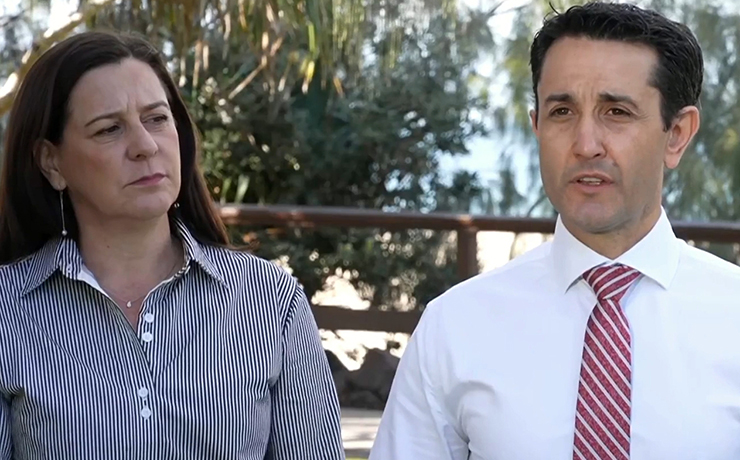
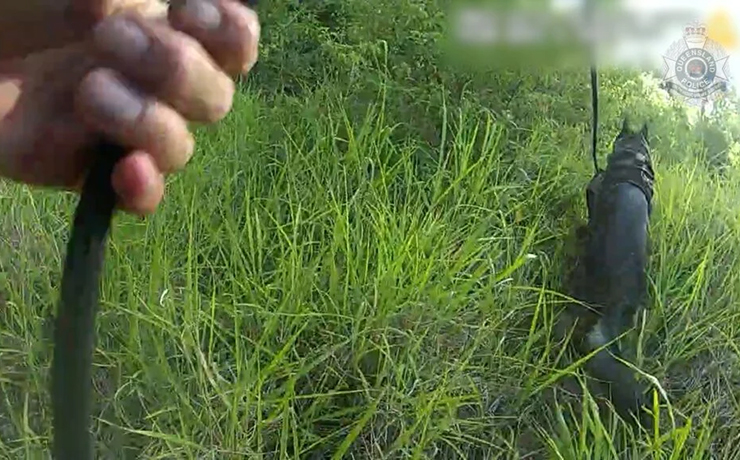






Would the tunnels for Hell’s Gates to Hughenden be more practical than Burdekin Falls Dam to Bannockburn? The Falls dam has the extra water from Belyando/Suttor rivers.
The original Bradfield Scheme was flawed with inaccurate data based on European data that is not relevant to Australian conditions. It has been reviewed/examined by the CSIRO several times and has been found to be lacking; 10 minutes research in the internet would save a lot of money and effort. Yet another review of outdated and inaccurate data will yield the same result. This is a waste of money and will not produce the benefits we hope for.
Is this scheme doable or not?
If it is, why wouldn’t there be a bipartisan approach from the Queensland and Federal Government to get this started sooner rather than later?
If this project came to pass, wouldn’t it be a good opportunity to offer employment to farmers who are drought-stricken. They have been operating machinery for years and have the know how.
Rather than offering them more debt, give them a job.
It is time Queensland looked outside it’s own borders to see that this “new” Bradfield scheme will only benefit a small part of Australia and there is another alternative such as my plan which I circulated to many politicians and media people, with little response.
As we all know the amount of water that sits in Lake Argyle and that which goes out to sea would encompass the New Bradfield scheme 20 times over.The large diameter pipeline benefiting all mainland states, built of recycled plastic would bring revenue to WA, water to NT Alice Springs, Mt Isa, Longreach, St. George, Lake Keepit, Menindie Lakes, and via the Darling to SA.Therefore the pressure on the Murray/Darling would be relieved by reducing the supply of Murray water to SA.
The cost of this venture could exceed Bradfield but the benefits to all the states would far outweigh this.
Consideration must be given to alternatives in light of little or no evaporation via a pipeline and eliminate the threat of exporting cane toads which may find their way into the Murray/Darling system.
Hello Peter, Quite a scheme you are promoting. A few links and a little detail would be nice. Is there really enough spare water there these days? Hey it’s approx 2000ks across, nigh on four times the distance than from Hells Gate. A long way for a big plastic pipe. May be it is a ‘big pipe’ dream. You got it right with the cane toads, though. Any toad jumping in at the start would surely suffer oxygen deprivation by the time he got there!